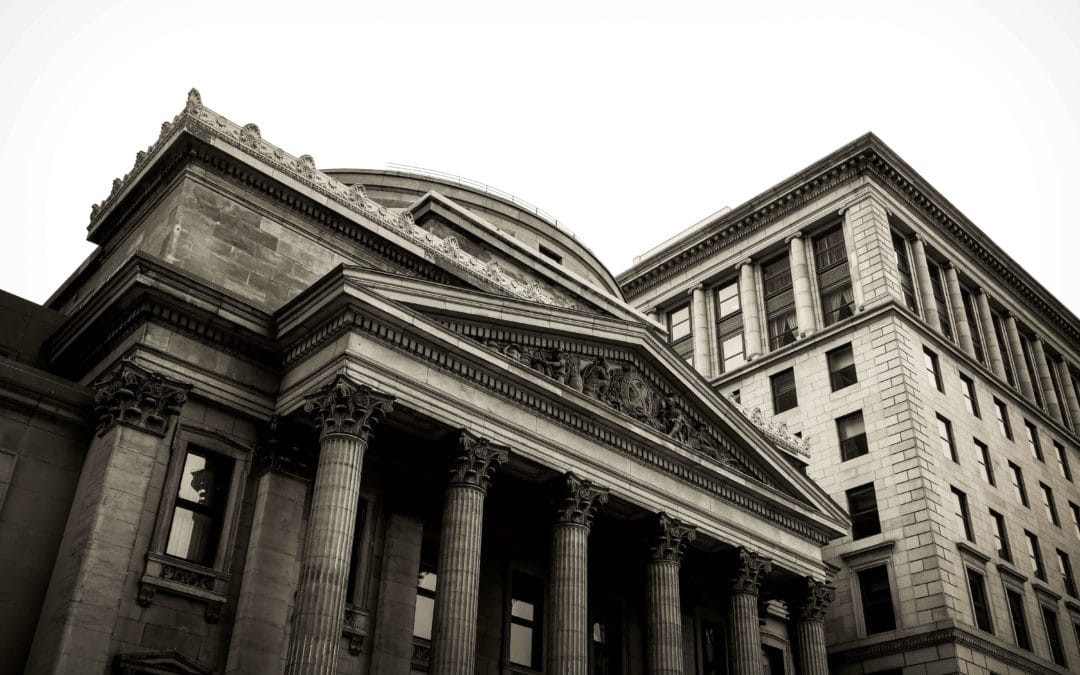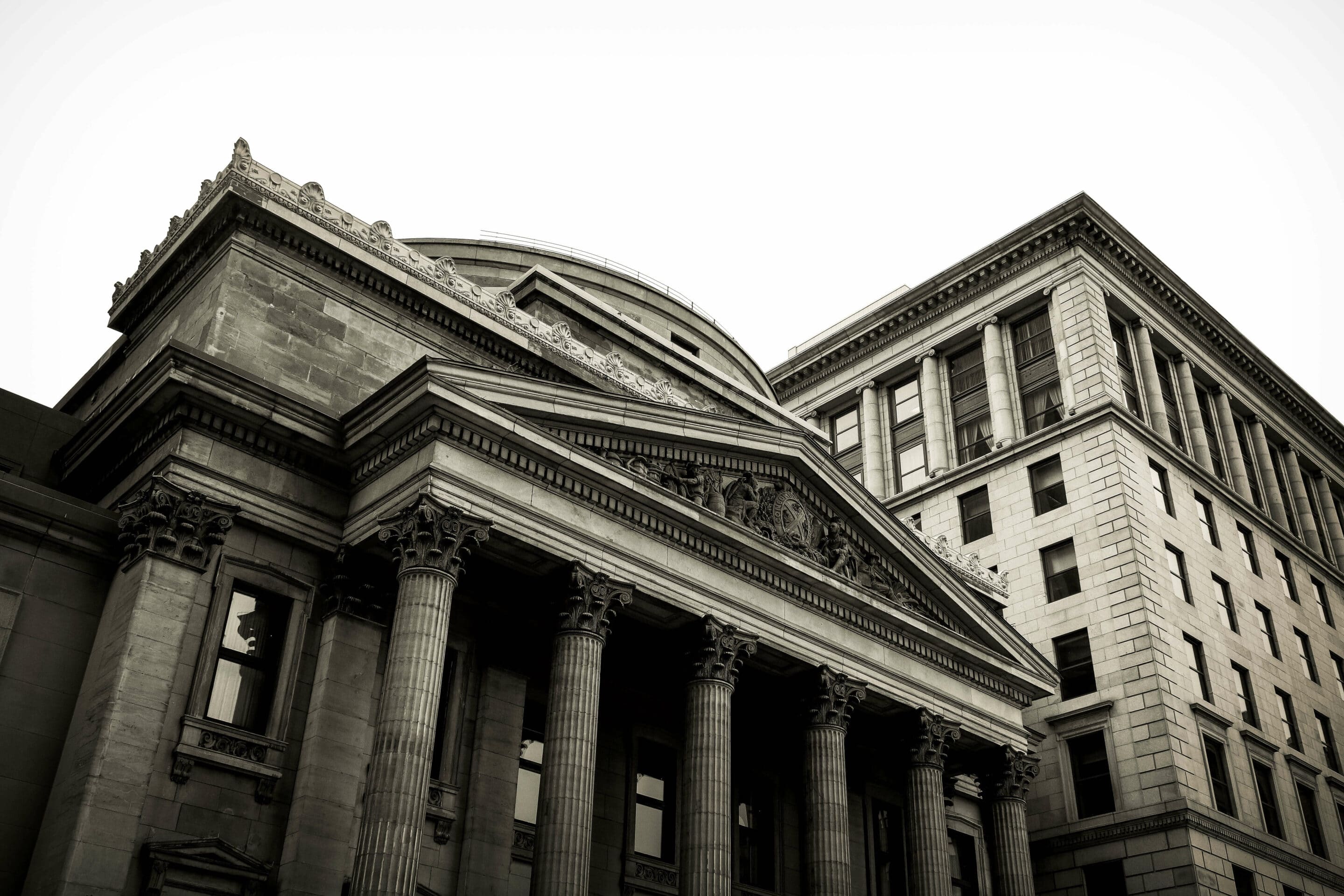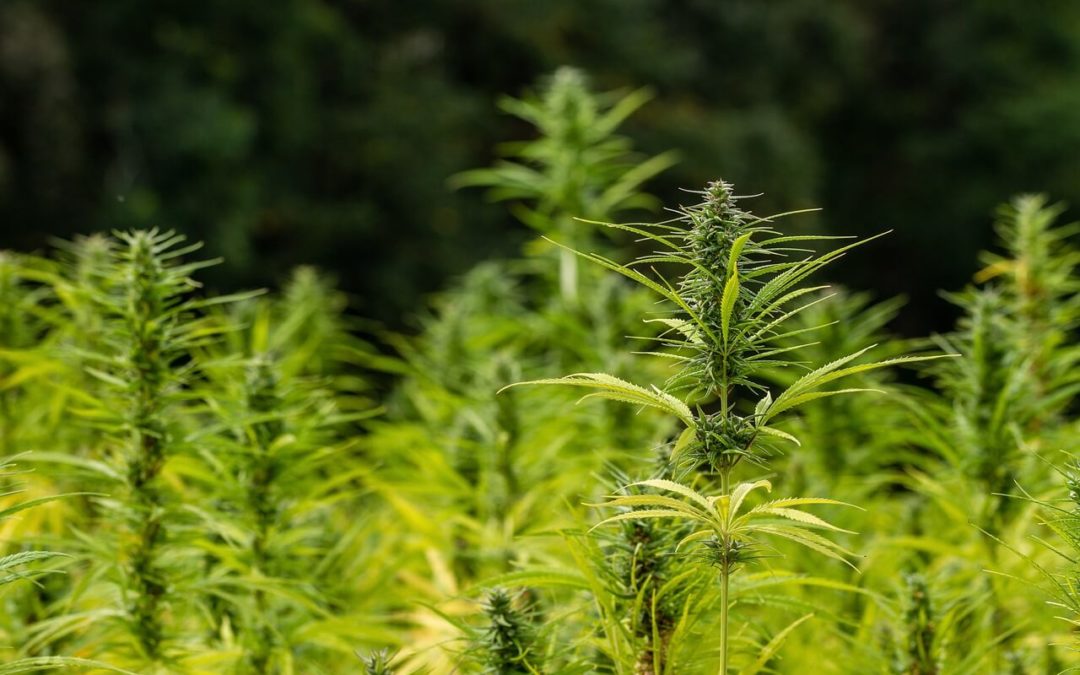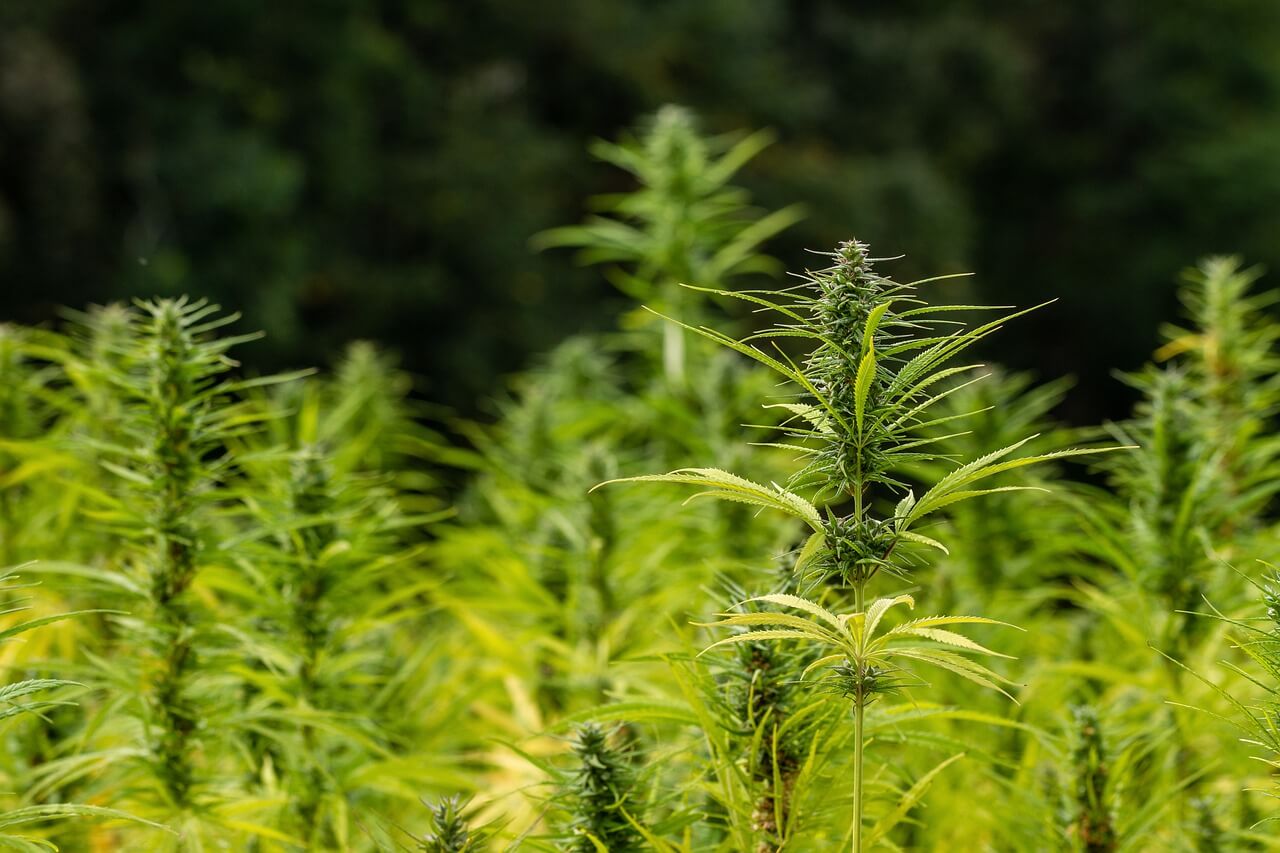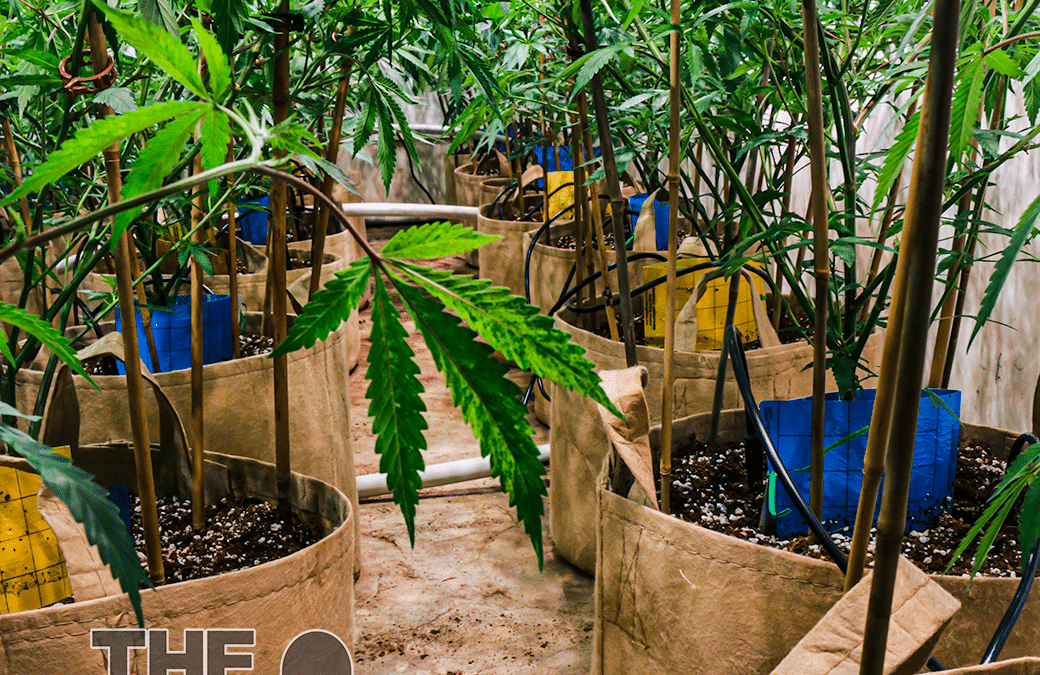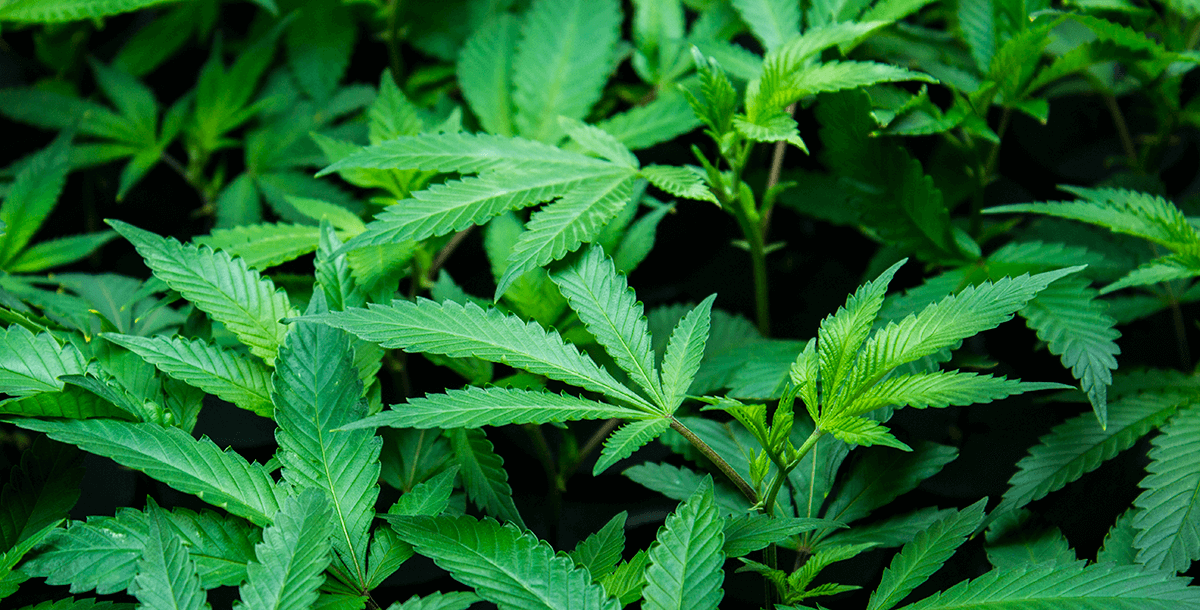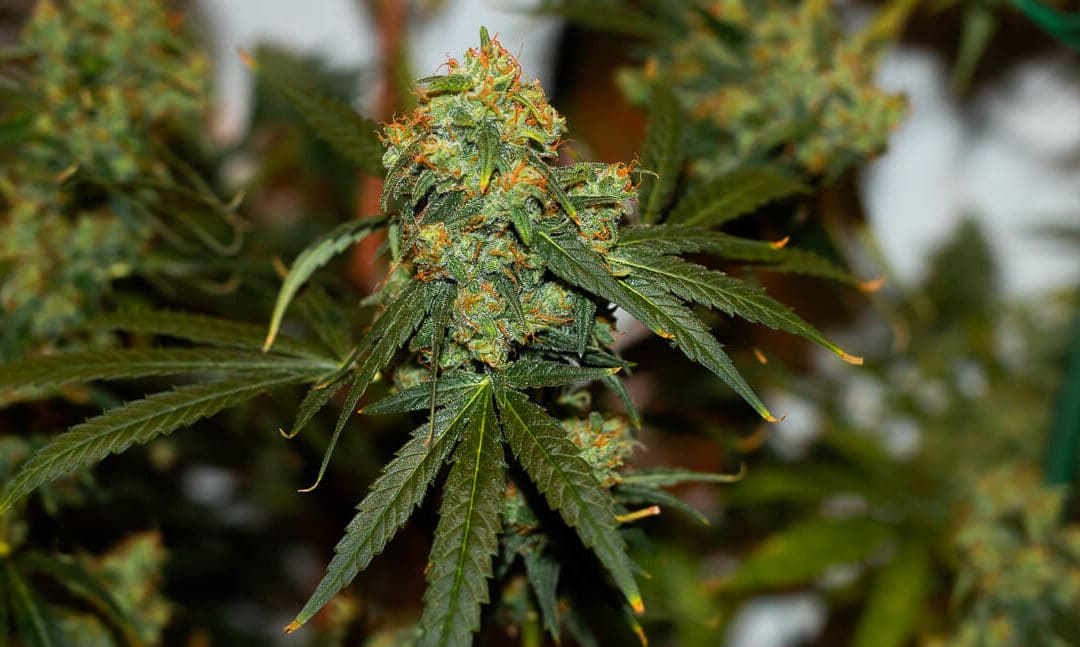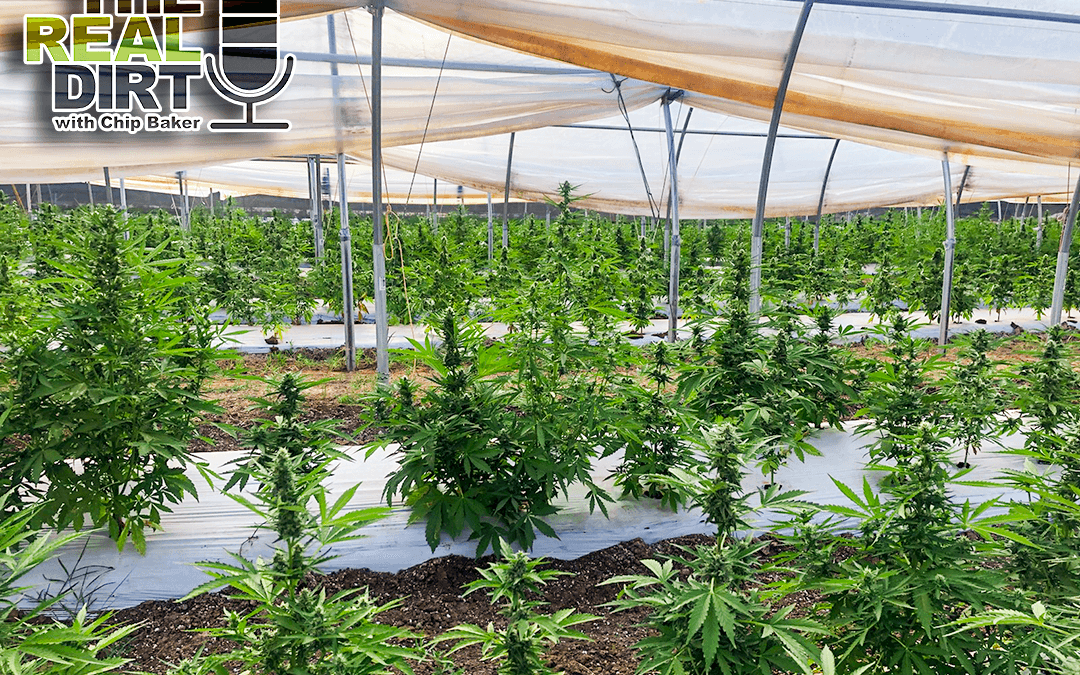
Growing Outdoor? Why You Should Consider a Greenhouse
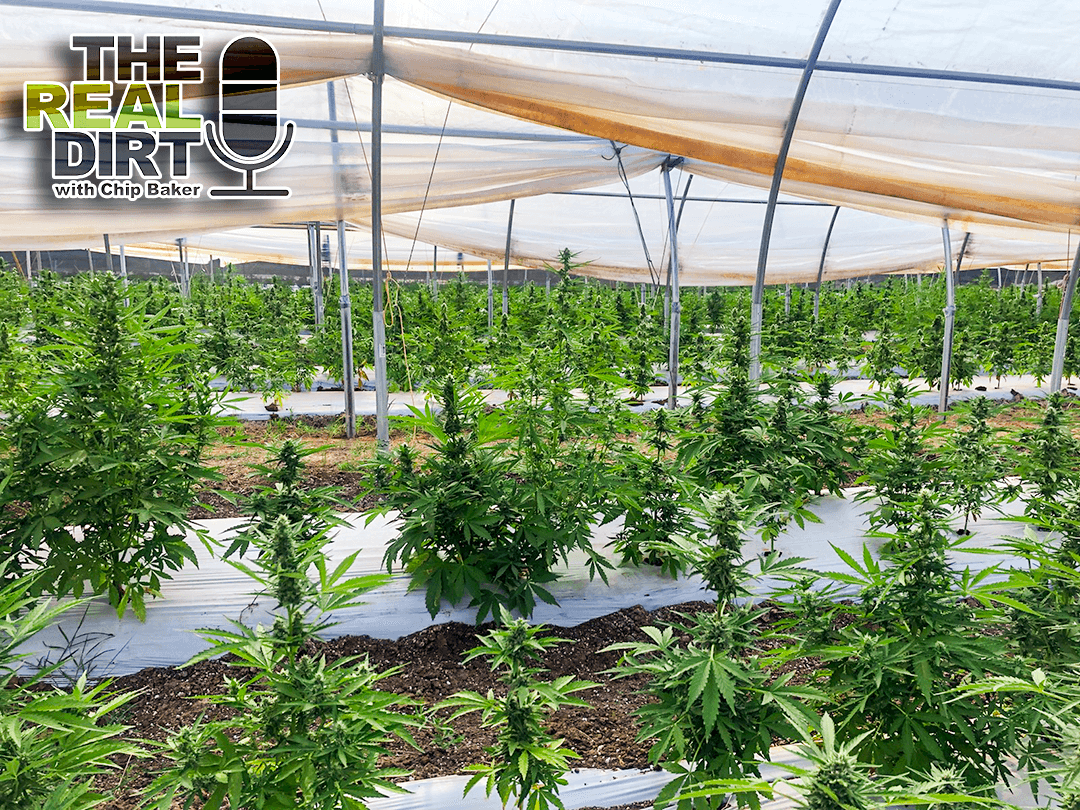
Growing outdoors is cheap and effective, but mother nature can be unforgiving.
High speed winds, rain, hail, and even snow can come in certain parts of the country throughout the summer months. With more people growing hemp and cannabis outdoors than ever before, a lot of growers are going to find out the hard way that they could have benefited from a simple greenhouse.
It only takes one multi-thousand dollar outdoor crop getting destroyed for a grower to seriously consider a greenhouse or moving indoors. While growing indoors is almost always going to be the most expensive, the average grower would be surprised how much a simple, cheap greenhouse can do to protect your plants and even improve their quality.
Plant Protection
A greenhouse is great for protecting your plants from the conditions, but that’s not all. Some animals would love to get into your crop and have themselves a snack.
Keeping your plants covered in a greenhouse will stop them from being thrown around by harsh winds that can throw sediment and dirt that gets caught in your crop. It can protect from hail that can rip off leaves and completely destroy flowers, and a greenhouse can keep pests out.
Cost-Effectiveness
Building a greenhouse can be extremely cheap, or quite expensive depending on how much you want. A simple “hoop house” with curved steel poles and a tarp thrown over top will not break the bank, but it doesn’t offer the best protection.
However if you’re going to spend thousands of dollars getting a state of the art greenhouse designed and built with environmental controls, supplemental lighting and all the bells and whistles, it might be better to just consider growing inside!
Most of us will fall somewhere in the middle, mainly to add a few extra necessities like doors and some tech to control environment, but if you were doing nothing before, even a simple hoop house can make a world of difference.
Environmental Control
When you grow completely outdoors, your plants are at the will of the environment and all of its conditions. Rain, hail, winds, and especially dropping temperatures can all be prevented.
Not only does a greenhouse protect from the dangers of the environment, but it can give you more control over your own. You can keep your environment warmer by keeping the tarp down when it is colder outside. You can then roll up the sides of the tarp when the temperatures pick back to let in fresh air to circulate through your plants.
And with a simple tarp greenhouse, you can completely roll up the tarp during the day to let your plants have full access to sun, but roll it back down at night to keep them protected.
Plant Quality
When you can build a greenhouse that almost perfectly simulates an indoor grow environment, it should be obvious that you will be able to produce higher quality plants as a result.
Keeping your plants protected from the conditions allows them to grow unhindered by damage. There won’t be nearly as much dirt or earth material in the flowers either because they’ll be protected.
Lastly, if you can control your grow environment even slightly more than just growing outdoors, you can grow better, bigger plants. And who doesn’t want that?
Should I Invest in a Greenhouse?
If you’re justing growing a handful of plants in your backyard, you probably don’t need to worry too much about a greenhouse. If your plants are damaged from a storm or hail, it won’t be a huge loss.
However if you’re growing outdoors at scale, with hundreds of plants to take care of, one big storm that comes out of nowhere can result in the loss of hundreds if not thousands of dollars in potential profit. When it comes to your career and getting that pay day, is investing a few thousand into a greenhouse that can completely protect and revolutionize the way you grow that tough of a choice?


